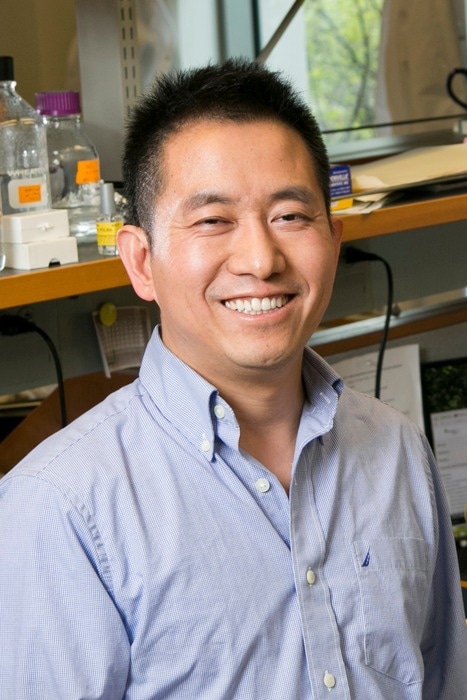Biomedical engineers at Duke University have revealed a microbial community phenomenon that is analogous to teaching neighbors how to perform critical jobs by ripping out and sharing parts of the brain.
 Linchong You, professor of biomedical engineering at Duke University. Image Credit: Duke University
Linchong You, professor of biomedical engineering at Duke University. Image Credit: Duke University
The procedure enables microbiomes to maintain the health of both themselves and their surroundings and could assist researchers in developing strong, customized microbial systems for uses ranging from removing contaminants from the environment to manufacturing biofuel and other consumer goods.
The study has been published in the Nature Chemical Biology journal on September 1st, 2022.
Everywhere throughout the world, from rivers and mountains to people and homes, there are vast, intricate microbial ecosystems. But whether comparing the microbiomes of Asian mountains covered in snow or the stomachs of identical twins, the species composition within these communities might vary greatly.
No matter how dissimilar these microbiomes might seem at first glance, if they exist in similar habitats, they probably serve the same purposes. Focusing on the genes that encode the functions rather than the species itself is one way to assess what processes they are carrying out.
If you count the number of the copies of genes that encode some function, their numbers can remain stable even if the species composition of the community changes dramatically. One important route to this level of stability is through horizontal gene transfer.”
Lingchong You, Professor, Biomedical Engineering, Duke University
Bacteria continually exchange packages of genetic material called plasmids to exchange genetic recipes for new abilities. This process is known as horizontal gene transfer. Conceptually, it is comparable to taking a duplicate of a network of neurons from the head that knows to make lasagna, tearing it out, and giving it to a friend to use.
You and his coworkers demonstrate in the current research how this gene transfer is crucial for maintaining the health of microbiomes and ensuring that vital functions are carried out. The researchers adjusted the rates of horizontal gene transfer and demonstrated that higher rates resulted in more consistent amounts of these genes, starting with two different species of bacteria.
The scientists then built a community of up to 72 bacteria that were simultaneously exchanging up to 13 distinct genes, and then assessed the stability of the genes. Similar to the more straightforward model, the more often swapped genes remained at a constant level within the microbiome as a whole.
These results have been speculated about before, but never quantified within living communities. The other route to this level of redundancy is to have multiple species that can perform the same function. But a high level of horizontal gene transfer is a much more robust method to achieve the same results.”
Lingchong You, Professor, Biomedical Engineering, Duke University
Or, to put it another way, if the plumbers on the job site also knew how to wire a structure, the construction crew could be quite resilient to electricians quitting. However, if the remaining electricians could merely lend their knowledge to everyone on the job at any time, regardless of their occupation, the same crew would be much more robust.
In order to demonstrate unequivocally that this phenomenon is crucial to a microbiome's health outside of a lab, You plans to investigate natural microbial communities in the future. He also intends to use horizontal gene transfer in designed microbial systems to execute this dynamic division of labor.
There are cases where complex metabolic pathways are difficult to engineer in a single bacterial species where it’s easier to have different populations carrying out different steps of the process. This study suggests we can implement that strategy through gene transfer so that we don’t have to worry about the specific composition of species. We can just let the community find the best balance for itself while still knowing it will continue to get the job done.”
Lingchong You, Professor, Biomedical Engineering, Duke University
Source:
Journal reference:
Wang, T., et al. (2022) Horizontal gene transfer enables programmable gene stability in synthetic microbiota. Nature Chemical Biology. doi.org/10.1038/s41589-022-01114-3.